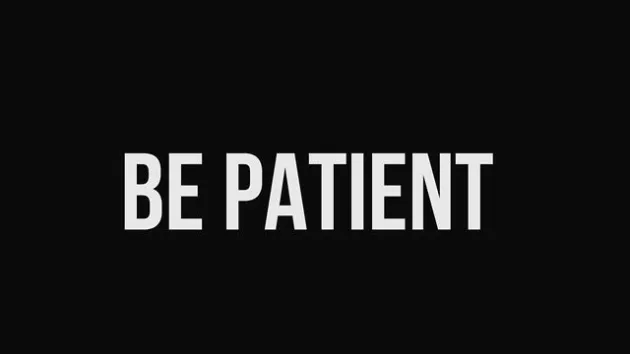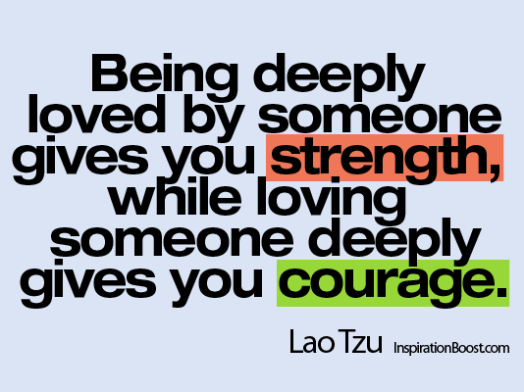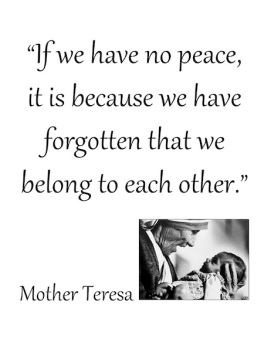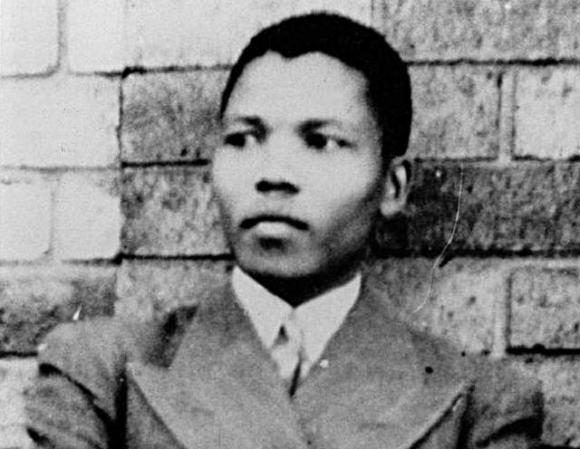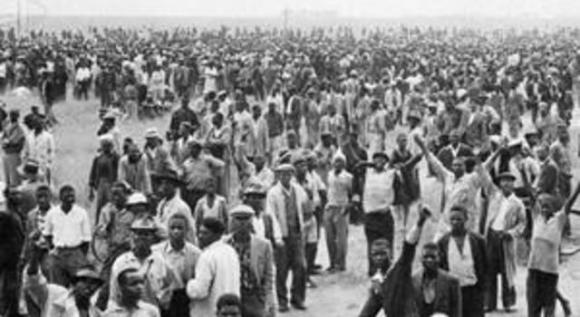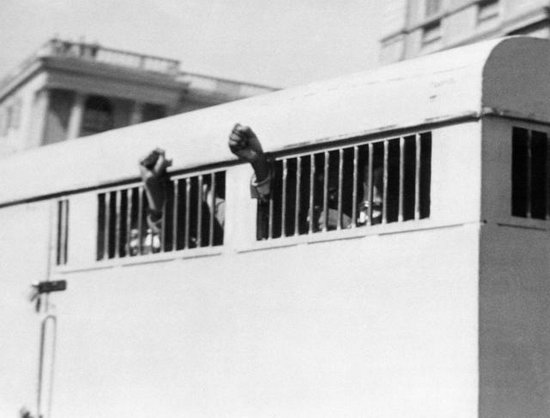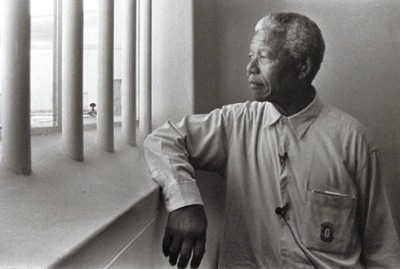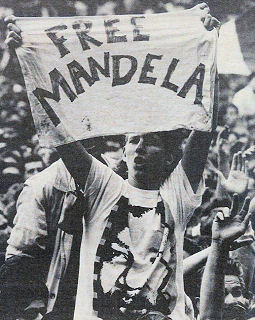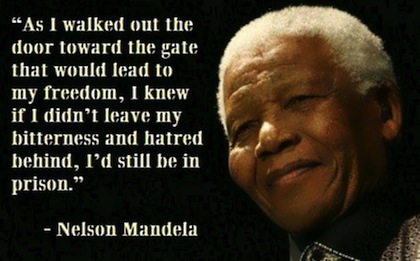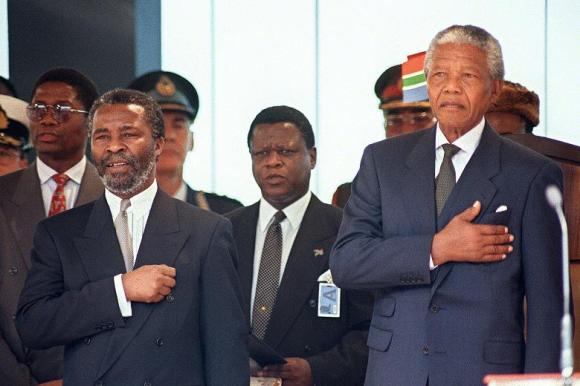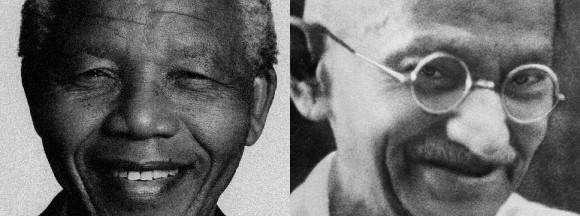I always hear two big themes around this time of year – reflections on the past year, and/or resolutions people are going to make. As a general practice, I think reflecting is a good exercise. It’s good to go back and remember both the great things and challenges that I have been through. Resolutions are a bit different for me. I always hear people “swear” they will stick to them this year and often this is followed by a litany of reasons (ahem, excuses) as to why things didn’t work out the previous year. Making new year’s resolutions has not been something I have ever been in the habit of doing. Occasionally I might, in my mind, think about what I would make as my resolutions, but I don’t actually declare it. Maybe because I’m afraid I won’t be able to hold to it. It feels a bit like setting yourself up for failure, I suppose.
I don’t want to appear as noncommittal, because that’s actually not true. In fact, I value commitment as a character trait. I think what it really comes down to is: will I be able to fully commit to “X” in the way that I want to? There’s a choice to be made: dabble in a lot of things and spread myself around, or deeply commit to a few things. For me, I’ve discovered the importance of the latter over the last few years. Two of my biggest fears in life are failing, and letting others down. As a result of these inherent fears, I’ve gravitated towards wanting to commit to fewer things instead of having multiple surface interests. Over the last several years, the biggest commitment I have made is to lead a life that is defined by nonviolence. My trip to India and southeast Asia last year was a humbling experience as I was able to see and experience things I couldn’t even imagine until being over there. That trip only reaffirmed my pledge to nonviolence and I can honestly say it is the one thing I am still fully committed to. Gandhi said, “Nonviolence is not a garment to be put on and off at will. It’s seat is in the heart, and it must be an inseparable part of our being.”
In the spirit of resolutions, I am going to publicly declare some actions I need to work on in order to help further my obligation to nonviolence. I think it’s important to note that these are directly related to my personal reflections of what turned out to be a challenging 2013 for me. So I’ve dubbed the term “reso-flections” to capture the idea of resolving to help improve who I am by reflecting on things from this past year. I welcome anyone who would like to join me in any of these reso-flections to please do so. Most importantly, I’m urging my friends and fellow ahimsakas to hold me accountable to these things. So here they are – in no particular order:
BE MORE PATIENT
“Patience and perseverance, if we have them, overcome mountains of difficulties.” – Gandhi. I confess that I lose my patience more than I care to admit. Over the past year I have been realizing that being impatient doesn’t ever fix anything – it really just makes me more aggravated. Transitioning from teaching to traveling to returning to grad school has taught me some valuable lessons about patience. Stepping back and remembering that I don’t know what’s going on in a situation or with a person I come in contact with reminds me that I need to exercise patience the same way I hope people will with me.
HAVE MORE COMPASSION
For me, this means being less judgmental and more compassionate. This one is closely connected to being more patient. I am trying to train myself to respond to situations with compassion first – because I would hope that others would respond to me the same way. I love the Plato quote above because it’s so true. I don’t know the trials others are facing when I meet them, but if I err on the side of compassion I will hopefully not add to that person’s challenges.
CONSISTENTLY LOOK FOR THE POSITIVE
This is one I have recently picked up from a friend of mine. He is constantly pushing what I like to call the ‘positive agenda’ and it is actually a great habit to get into. I remember I was visiting him in Virginia in August and I was trying to make a decision. He was listing the positives of both options and when he was done I said, “Okay, and the cons are?” His partner said, “No. He doesn’t do cons. He just focuses on the positives.” I still think about that comment a lot, and recently saw this quote that sums it up well: “Nothing positive will come from being negative, and nothing negative will come from being positive.”
WATCH MY WORDS
There are a lot of elements to this one and I have a future blog post brewing on this. My personal goal is to eliminate cursing – even (especially) in sarcastic ways. Another element I am working on is choosing my words carefully, realizing that while some words may not be taken literally every time, there are subtle implications in the use of words. For example, I have become more conscious about not casually using the word ‘hate’ (‘I hate traffic.’), ‘shoot’ (‘Just shoot me a text), and any form of the word ‘kill’ (‘Jon Stewart really killed it on last night’s show.’) Instead, I’m striving to always speak with a language of love, and swapping out the powerful negative words, for richer, more constructive ones. Mother Teresa said, “Kind words can be short and easy to speak, but their echoes are truly endless.”
LOVE OTHERS
This is something I definitely am guilty of not doing enough. When I am impatient, lack compassion, or don’t watch my words, I lose my ability to love others the way I should. Love always wins in the end, and that’s the way it should be. I want to be a person who loves others first – before making assumptions or judgments. I am grateful for the friends in my life who consistently model this and they serve as reminders that I need to do it more. I am hopeful that like other things in my life, the more I do it, the better I’ll get at it.
ALLOW OTHERS TO LOVE ME
This is a really hard one for me and I’m still trying to figure out how to make this happen. I find it infinitely easier to love others as opposed to allowing others to love me. However, the events from this past April left me in a space where I had to allow others to love me in order to get through it all. When I reflect back on the first few weeks of the aftermath, I am still struck by the way others loved me. I remember the texts, emails and phone calls, I remember people opening their homes to me so I wouldn’t have to be alone, I remember the meals I shared with friends because they knew I was too distracted to think about eating, and I remember the visits from friends months later who came to check-in on me. But most of all, I remember the immense amount of love I felt. Friends from the other side of the world and the other side of the country were constantly reminding me that I am loved and it was powerful thing when I felt like my back was up against a wall. While the circumstances that led to this outpouring of love are not ideal, I will forever be thankful for the reminder. It allowed me to see know that it’s okay to let others love me.
BUILD AND INVEST IN A BELOVED COMMUNITY
Martin Luther King Jr.’s philosophy of nonviolence, named ‘Kingian Nonviolence’ is described in his first book, Stride Toward Freedom. One of the principles is: “The Beloved Community is the framework for the future.” This nonviolent concept is an overall effort to achieve a reconciled world by raising the level of relationships among people to a height where justice prevails and people attain their full human potential. When I first heard about the Beloved Community, I was immediately attracted to what it stands for. According to the Merriam-Webster dictionary, ‘beloved’ is defined as “dearly loved or dear to the heart” and ‘community’ defined as “a unified body of individuals”. If you put those definitions together, I think it becomes a picture of Martin Luther King Jr. really wanted: a dearly loved unified body of individuals. There is a quote from the book Freedom Song, by Mary King, that I think does a nice job of describing what Beloved community could look like: “What sustained us from day to day was an intense feeling of interdependency – the sense that we had only one another to rely on – and a spirit of comradeship.” I also think of this Mother Teresa quote:
I am striving to build this Beloved community and I hope you will join me.
So there you have it – my reso-flections at the dusk of 2013 and the dawn of 2014. I am grateful for all that the past year has taught me and looking forward to the adventures that lie ahead. Thanks for joining me on the journey – it’s been a much richer experience being able to share it with you. I’m wishing all of you health, happiness, love, and peace in the New Year!


